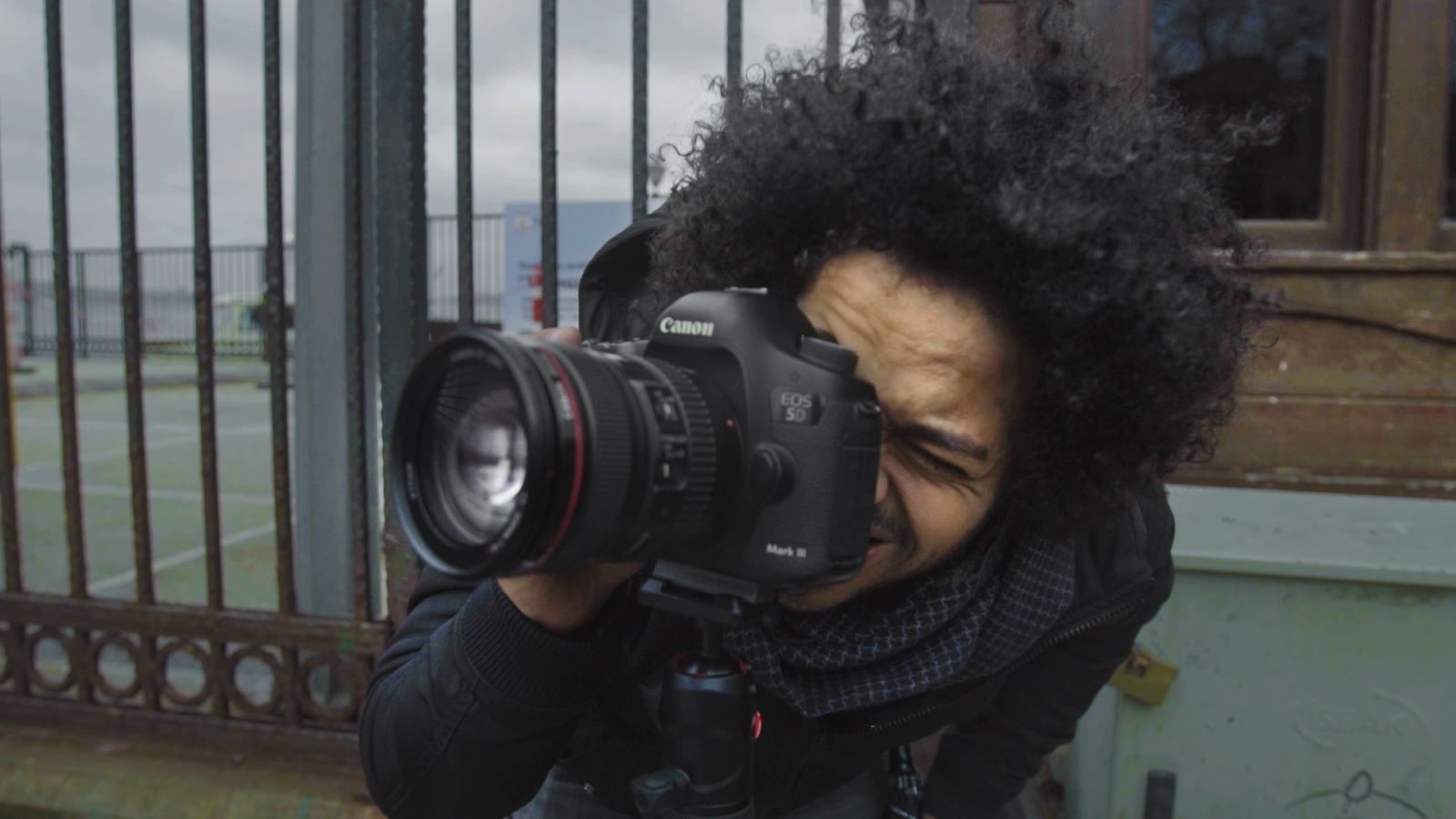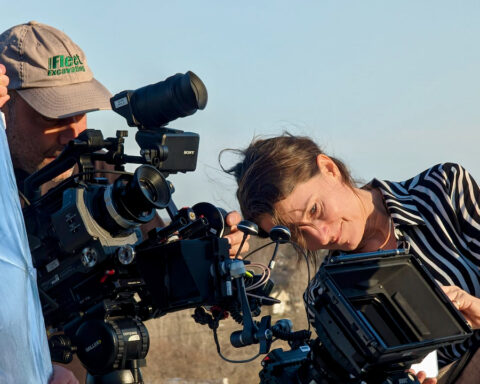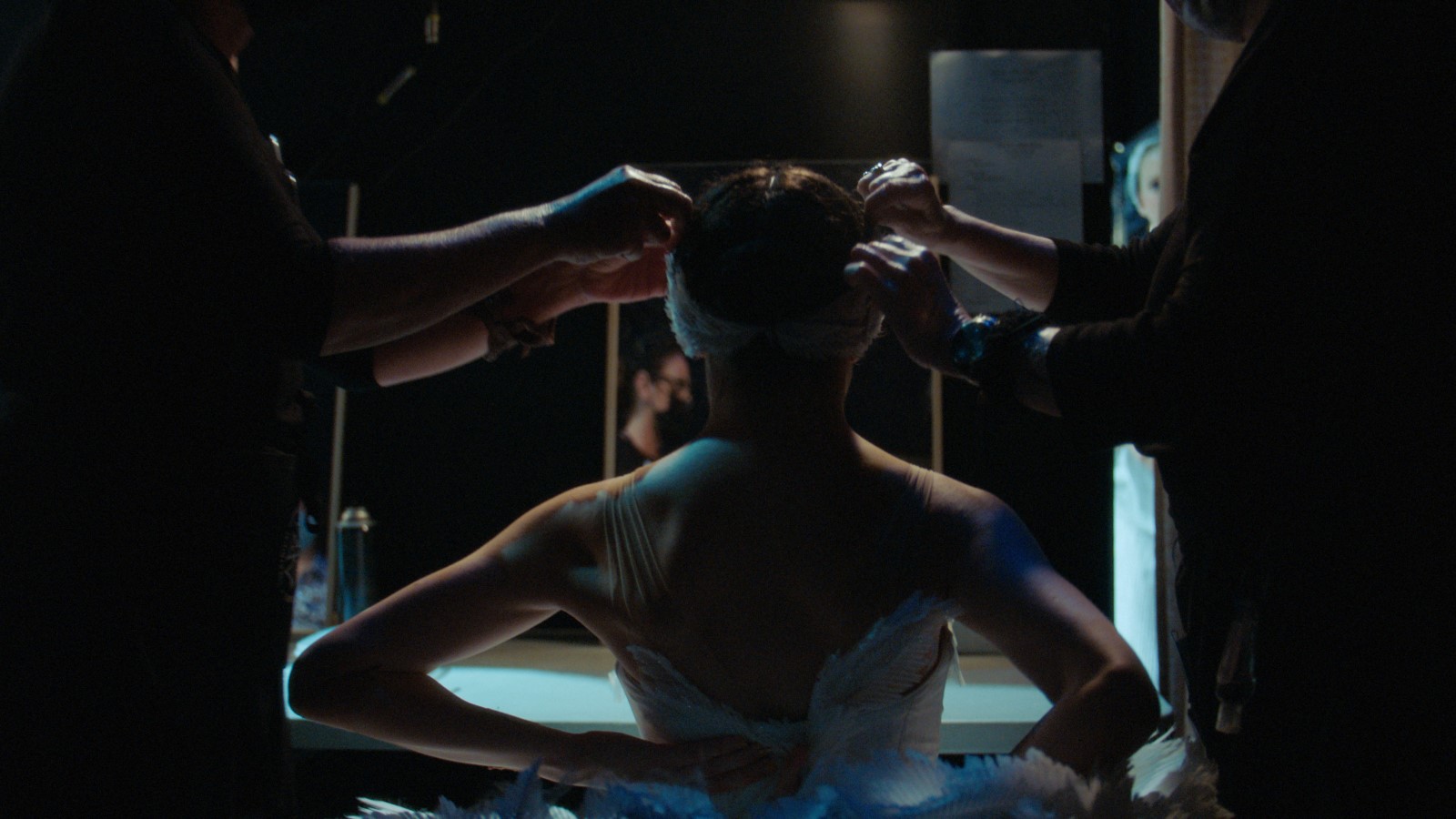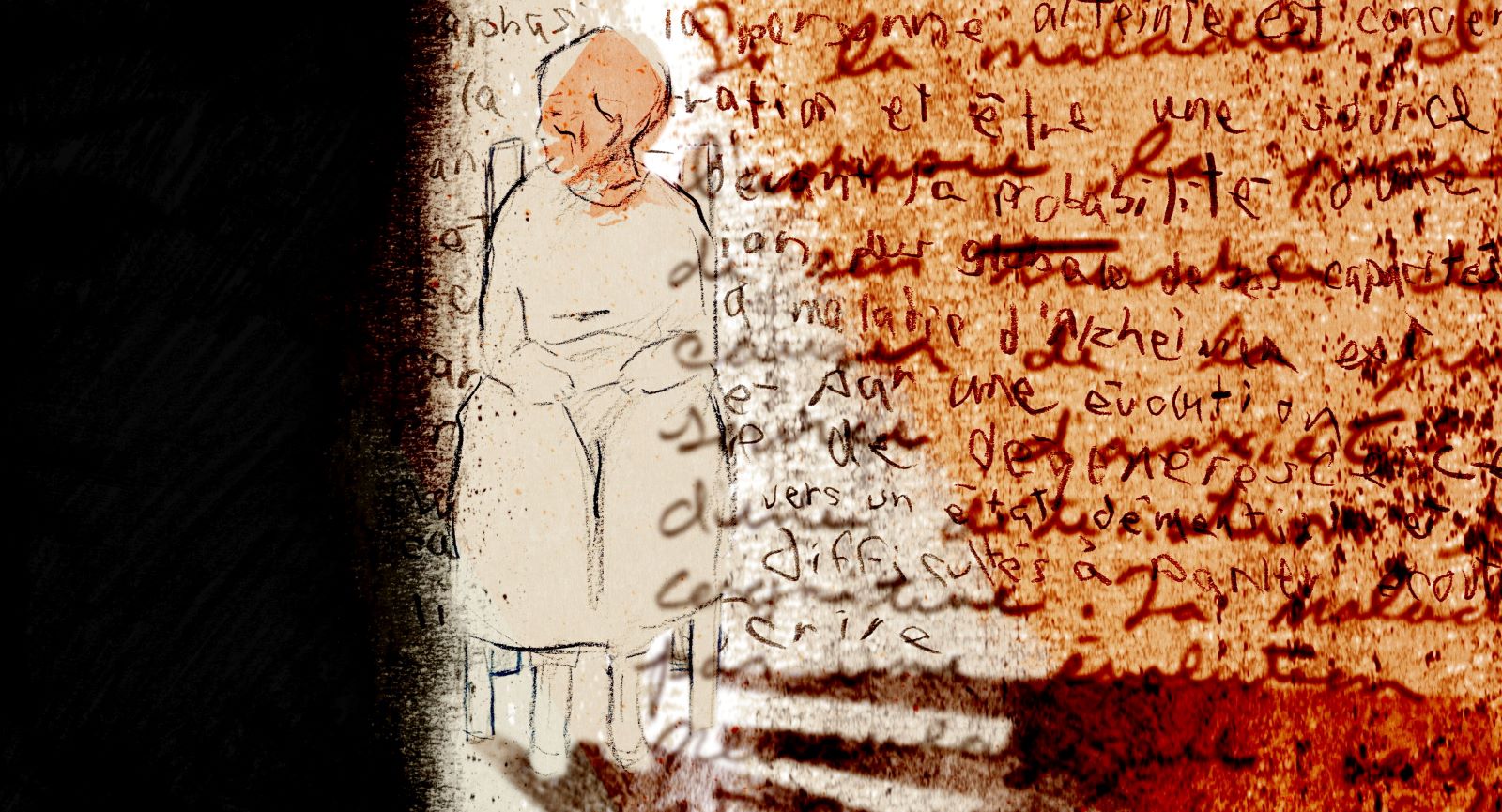The documentary form has in recent years spurred rigorous discussions about the ethics of those who have practiced it and their engagement with those in front of the camera. The observation of the centennial of Robert Flaherty’s Nanook of the North in 2022, for example, coalesced around considerations of appropriation, representation, extraction, and the positionality and power of those who wield the camera.
This past year saw a confluence of developments here in the US that have amplified ongoing conversations around ethics, accountability, and the duty of care. The Documentary Accountability Working Group (DAWG), an ad hoc coalition of filmmakers, educators, activists, and thought leaders, unveiled its Framework for Values, Ethics, and Accountability in Nonfiction Filmmaking last September, the result of over two years of convenings with filmmakers, documentary participants, educators, non-profit executives, and funders. Many of the same ethical questions being dealt with by the DAWG are addressed in the doc Subject from Camilla Hall and Jennifer Tiexiera, which premiered at the 2022 Tribeca Festival. It centres the experiences of five participants in prominent documentaries over the past 25 years, and serves as both a case study and a means of putting into practice some of the principles that the framework proposes.
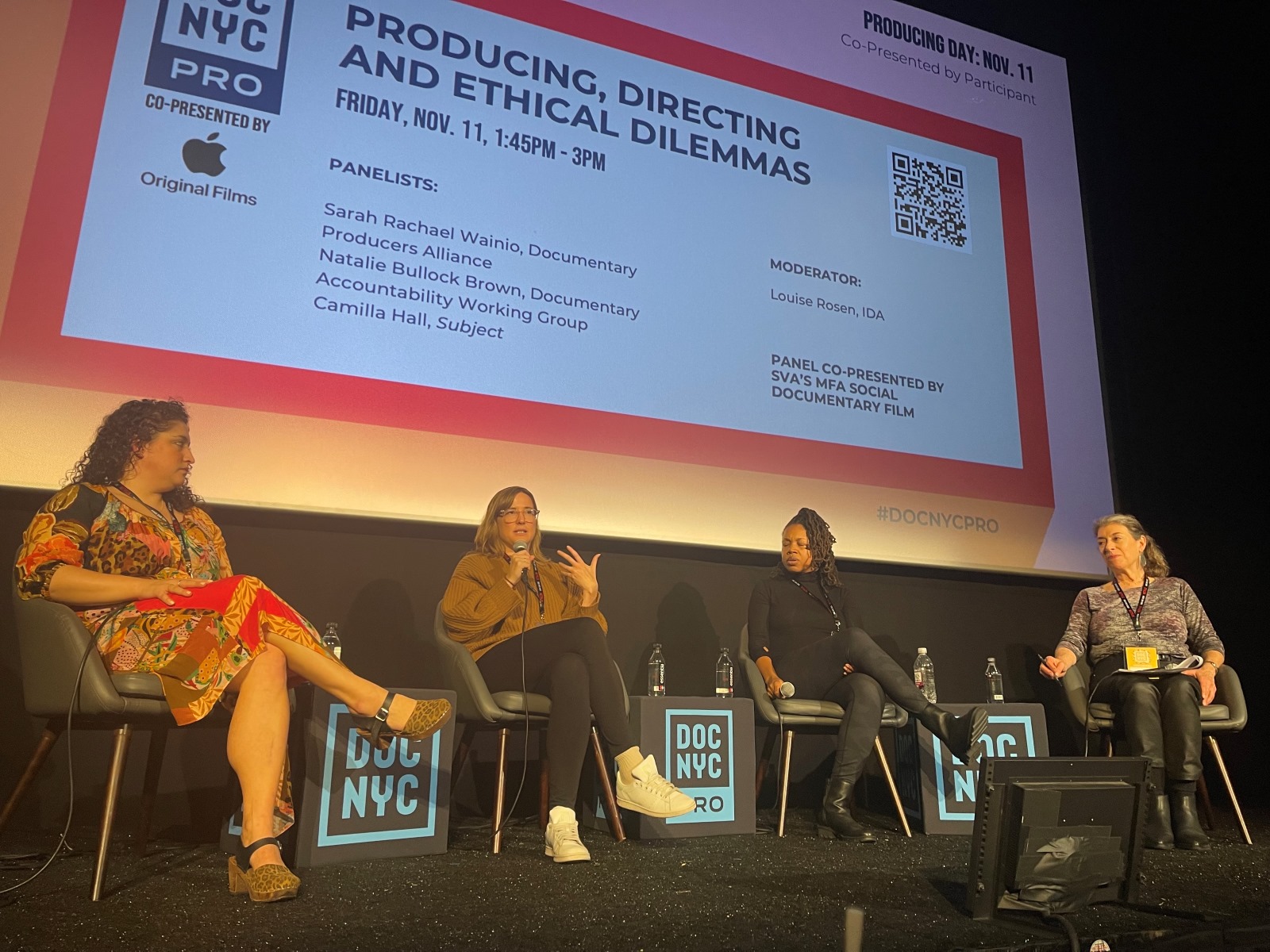
Documentary Accountability Working Group
The seeds of what would become DAWG were planted following the 2020 Sundance Film Festival, when Sonya Childress, then a Perspective Fund senior fellow, now co-director of Color Congress, reached out to Molly Murphy and Natalie Bullock Brown of Working Films, Sherry Simpson of Independent Television Service (ITVS), and Bhawin Suchak of Youth FX/Next Doc for a series of informal conversations about questions of accountability and authorship. American University Professor Patricia Aufderheide and Dr. Kameelah Mu’Min Rashad, founder of the Muslim Wellness Foundation and a leading authority on trauma and the documentary practice, joined the group later. For the next two years, and with funding from the John D. and Catherine T. MacArthur Foundation and Perspective Fund, those conversations evolved into convenings with filmmakers and documentary participants, as well as feedback sessions with funders, organizations, and educators.
“We’ve been careful not to call this [framework] an ethics code,”Aufderheide maintains. “It’s a set of values guiding decision making: What are the values that are really guiding these filmmakers as they express not only what they do, but what they wish they could do and why?
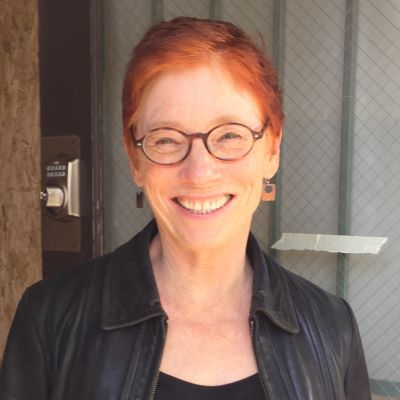
“The participants, the audience, the funders, the distributors—you want to have honourable relationships with all of those people,” Aufderheide continues. “But some are more powerful than others. This framework applies to a particular kind of situation when you’re making a film in conjunction with people who are vulnerable, who are threatened by more powerful actors in some way for their participation.”
Academia—film and journalism schools—is a crucial constituent in the rollout process. Indeed, educators at such institutions as George Mason University and the Annenberg School of Communication & Journalism at the University of Southern California, as well as the University Film & Video Association (UFVA), EDIT (Equity, Diversity, and Inclusion in Teaching) Media, and the International Association of Film and Television Schools (CILECT) have all endorsed the framework. According to Aufderheide, CILECT built its entire call for its next conference around the framework, and she will be there to present it, as well as at the Visible Evidence conference for documentary film studies in October. “The challenge with the people who do film studies is a little different because they have a very active conversation going already about ethics and representation,” she asserts. “That is a real staple of what film studies does. Yet, it has had remarkably little intersection with film practice. I typically don’t see a lot of direct engagement with practitioners in terms of collaborative research work.”
“When we were pursuing these endorsements,” adds Brown, “it seemed that with these schools in particular, they get it; this is what they want their students to be thinking about. And they seem to really appreciate something that’s written, that’s tangible, that has case studies for films that they can show to their students. It also just seems to align with values that they already have in place.”
In addition, the University of California, Berkeley’s Graduate School of Journalism has invited the team to present the framework there. “It’s not simply folks who are working in the documentary form, but people who are looking at the ethics of journalism more broadly, and considering the very strict code of ethics for journalists [alongside] our framework,” Childress explains.
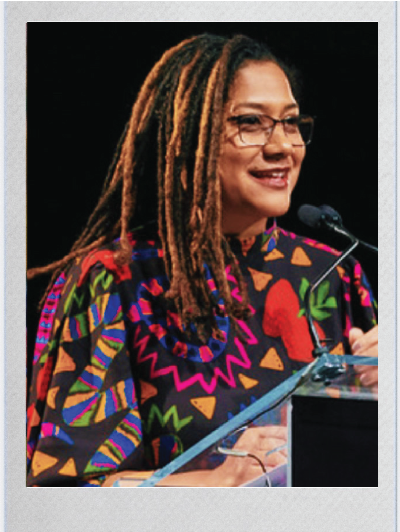
“Many of these documentary film programs are increasingly diversifying,” Childress points out. “They’re considering the canon that they teach. They’re considering the norms that they uphold. They’re considering the industry shifts that their students are graduating into, and there is interest in introducing our framework to them.”
One of the most challenging constituents to reach is the most powerful: the streaming industry. As true-crime series and celebrity-driven bio-docs dominate the streamwaves, and the gatekeepers there adhere to a more bottom-line, shareholder-value-driven programmatic ethos, not only is the airtime for more independent visions and voices scarcer, but persuading the streamers to fully embrace the framework also poses a challenge.
Childress is a little more sanguine: “The idea is that we would provide a framework to filmmakers who are eager for a language and a process to reflect on the values that guide their work, to help them begin to articulate those values to their crew, their funders, and most importantly the participants, and then to consider how they are going to operationalize those values throughout the phases of production. This new kind of gathering of filmmakers would begin to ask questions of their funders, and push back on streamers that made operationalizing these values difficult or impossible.
“That said, though, many filmmakers in those early days were very clear in telling us, ‘We can’t operationalize these values unless the gatekeepers make it possible for us to work in this manner. If DAWG isn’t addressing or shifting the streamers, funders, and festival curators, then you’re setting us up for even more challenging conversations, or for failure.’ That’s when we said that we need a both/and approach; we need to be both supporting the work of filmmakers and trying to make a case for why the process of articulating values is a worthwhile one. But we also had to make inroads with the institutions that support, resource, and distribute the work.”
Childress continues, “We’ve been approached by many streamers, actually, who have been interested and eager to bring us in conversation with their commissioning staff, share our framework, and consider what it means for them to articulate their curatorial values, how those values show up in the work that they support or present, and the rules and regulations that make it difficult for a filmmaker to bring work to them or make work in a way that is values-aligned.”
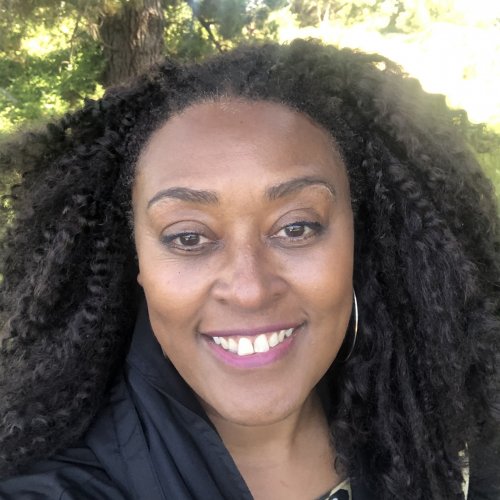
Unlike much of the streaming community, public media—namely PBS, Independent Television Service (ITVS) and indie doc strands such as POV (the PBS series), Independent Lens and American Reframed—has been intentional about creating and executing a sturdy engagement, outreach, and impact infrastructure and strategy around its programming. For Sherry Simpson, senior director of engagement and impact innovation at ITVS, that means, for example, their Independent Lens Popup program, for which they select six films from a given Independent Lens season that address a specific social justice issue, then work with local PBS stations and stakeholders, such as museums and libraries, to develop discussion guides and other materials for screenings with communities that are most impacted by that issue. Simpson also works closely with impact producers to develop robust campaigns that make use of the public media system. “We’re looking at something called impact innovation, which has been about reimagining the role of impact in public media…and how we all address these values, ethics, and accountability issues,” adds Simpson.
It was through her own explorations and through reading essays by Childress and Brown that Simpson was compelled to join DAWG. “I had a conversation with Sonya…about my work early on in South Africa and the need for reconciliation and conversations that actually bring people together, as opposed to creating these pockets,” she recalls. “Being at ITVS has put me in more of a position to actively engage in [questions like], ‘How can we move this conversation into the industry at large?’ Since then, it’s become more a question of, ‘How can we activate the framework and create more awareness of this conversation in other places?’ So, ITVS has taken that on.”
Simpson continues, “These conversations need to be ongoing around how our work impacts not only the folks who are in the films, but also audiences…Are we treating our audiences with dignity and respect? The core values that DAWG has elevated speak to that, and I think that the audience is an important part of this that has really yet to be looked at. And then the question as we move forward as a nation is, ‘What is the impact of certain kinds of content on our choices, how we perceive one another, where harm lies?’”
Subject
Subject, from directors/producers/writers Jennifer Tiexiera and Camilla Hall, gives a front-and-centre role to participants from some of the most acclaimed documentaries in recent years— Hoop Dreams (1994), The Wolfpack (2015), The Staircase (2004), The Square (2013) and Capturing the Friedmans (2003)—affording them time and space to share their stories about how their experiences transformed their lives. Aufderheide and Childress also appear in the film, along with other documentary experts, to lend their insights into the filmmaking practice, and Dr. Rashad served as executive producer and care coordinator.
“I was an editor for a long while before I started producing and later directing,” Tiexiera recalls. “I would come into these situations where I was spending a ton of time with footage and making these decisions that could potentially affect the rest of these people’s lives or their communities’ lives, without me ever meeting them. And I found that the better I did my job, at times, the more questions I would have about whether or not that’s the way they would want to be seen. And that’s really when I transitioned into producing, so that I could get to know the participants at the centre of these films.”
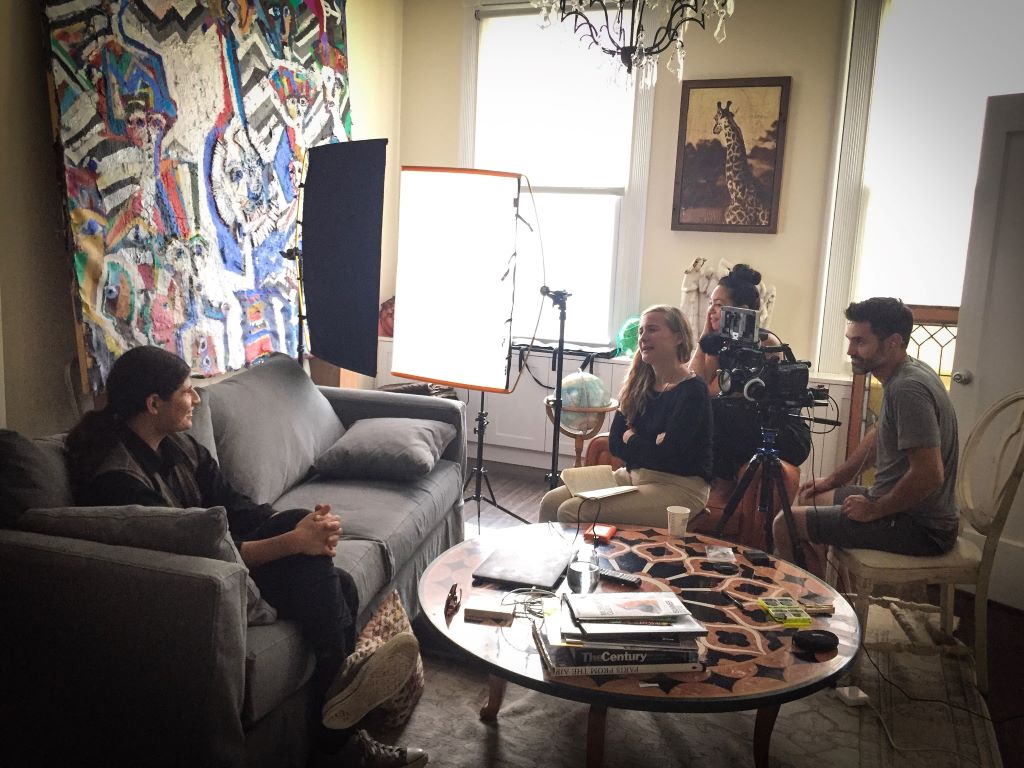
As for Hall, “Seeing [documentary participants] struggle, during the process of filming, with the decision of consent and whether they wanted to be in it or not—that really hit me. I was really challenged by how to deal with that when I was also dealing with investors and funders. And then other flash points would be festivals and premieres, and suddenly these people are in this totally different world. What is that experience like for them? I think we came to it from such an open mind and open heart and just wanted to learn and understand things better.”
Dr. Rashad’s point of entry into the documentary world was working on a screening guide for Assia Boundaoui’s 2018 film The Feeling of Being Watched, which tells the story of an American Muslim community in the Midwest that had been under FBI surveillance since the 1990s. “Those were the first conversations where I began to apply my expertise as a psychologist specializing in systems theory by understanding the impact of environment and context. Part of my theoretical orientation is narrative and relational cultural theory: how people understand who they are, who they’re related to, and how they tell the story of who they are and who they are becoming.”
Dr. Rashad’s involvement with DAWG came through an introduction by Boundaoui. The psychologist then facilitated conversations with participants “about their experiences related to consent and compensation, what the process felt like for them from beginning to end, what could have been done differently, and what they saw as areas for improvement.”
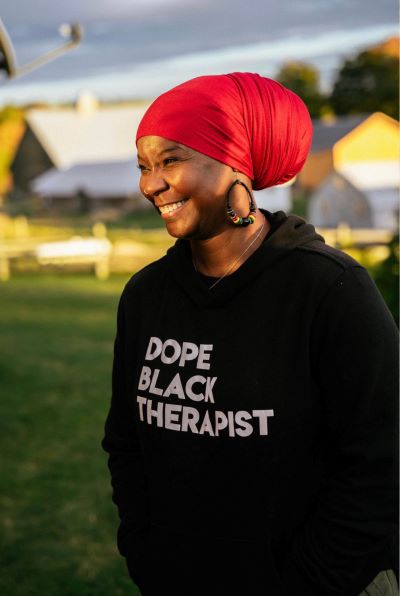
Boundaoui, who also appears in Subject, connected Dr. Rashad to Tiexiera and Hall. According to Dr. Rashad, “Camilla and Jen were very thoughtful and intentional about ensuring that their involvement in this particular documentary allowed for a full range of autonomy, respect, and dignity for the person. There’s an opportunity now to reflect back, as transparently and respectfully as possible, on the processes that each of the five participants had been engaged in in the original films. It was really about lessons learned: How can we use the wisdom of these participants to inform how we engage with them in the present and capture the complexity of the issues that are now being raised about ethics and accountability? The questions that I was able to pose to Jen and Camilla were, ‘How do we clarify our aspirations for the relationship between filmmaker and participant?’ and, ‘How do we make this conversation a living document that is open to revision, growth, honesty, and reparation of harm as it inevitably occurs?’”
“My involvement as executive producer and care coordinator on Subject and as a member of DAWG has given me the unique opportunity to witness both the case study and the work behind the scenes for providing a pathway. How do we think about these really significant issues that in some ways feel intractable? We begin with the framework and with the core values. And then, what are the tools? How do we do this? We don’t want this to be a conversation that remains just purely intellectual. What are the next steps for us to really address the issues that are being raised here?”
“We always say that Subject was a love letter to our industry,” Tiexiera maintains. “We took a lot of time making sure that what we wanted from the project aligned with what they wanted from the project. So not only did they have real agency over what part of the story they shared with us, they ultimately had final say over their sections.”
Since the 2022 Tribeca Festival premiere, the Subject team, including many of the participants (who are also listed as co-producers) have been taking the film on the road and have secured distribution in key European markets, but not yet in the US. According to Hall, “We did have some offers come in, but we wanted to hold out and watch how the momentum of the film would play out. We see tremendous demand from audiences; we’ve packed out every single screening in the UK. And it’s not just filmmakers. These are documentary fans, people that watch true crime, people that work in social sciences, everyone from doctors to teachers who just love documentaries and want to understand more about them.”




